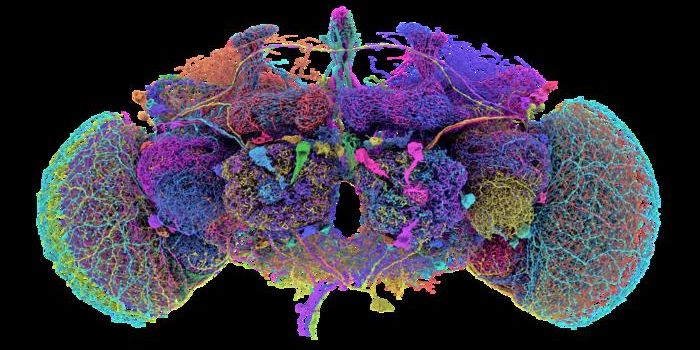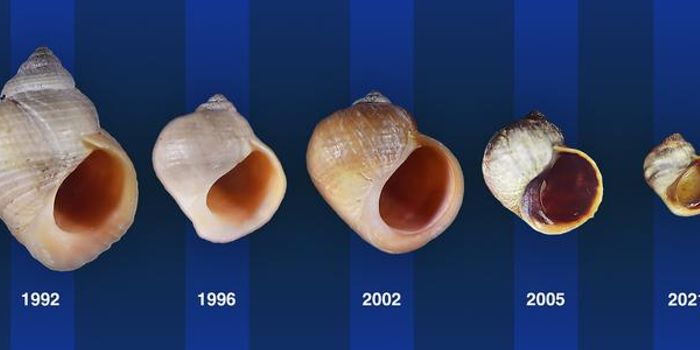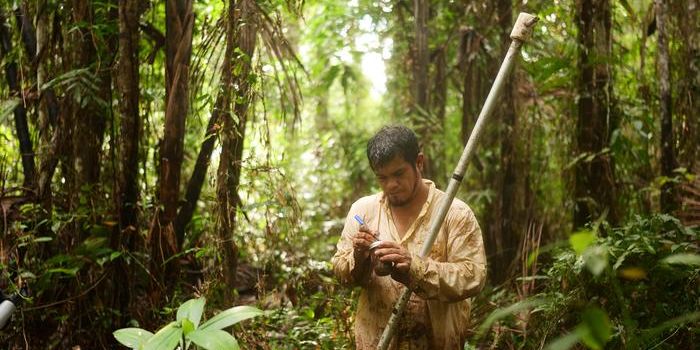Predicting Disease Transmission Between Humans and Animals
Disease transmission between animals and humans has become more common over the last few years. The recent monkeypox and COVID-19 pandemic are just two examples of what can happen when diseases that originate in animals transition to humans and cause deadly outbreaks.
The ability to predict the next infection (or, hopefully not, pandemic-level spread) is of vital importance. As the line between human and animal habitat starts to blur the more humans destroy habitats, the more likely for these different kinds of diseases to spread. A team of researchers from the University of South Florida may have come up with a potential solution, in the form of a machine learning tool. Their work is published in Proceedings of the National Academy of Sciences.
The machine learning approach uses data on a variety of variables, such as location and climate, and their impact on a variety of known pathogens. The goal is to locate potential “hot spots” most prone to infection and outbreaks. The team hopes their methodology could be used to predict different kinds of viral threats across a range of pathogens, something that is notoriously tricky to do.
The team focused on three specific pathogens: avian malaria, West Nile virus in certain birds, and coronaviruses in bats. Initial tests with the program showed that just because a particular species was infected more frequently did not necessarily make them more susceptible to the disease caused by a pathogen.
In a deeper dive, researchers incorporated a range of other factors into their program to look at which species are hosts with a higher risk of being infected and spreading the virus. These factors included geographic, environmental, and various evolutionary variables. This allowed researchers to identify other species infected by various pathogens that had not previously been identified.
Armed with this knowledge, researchers could be able to predict species that may be susceptible to infection and transmission to humans, allowing for more timely risk mitigation.
Sources: Science Daily; Proceedings of the National Academy of Sciences








